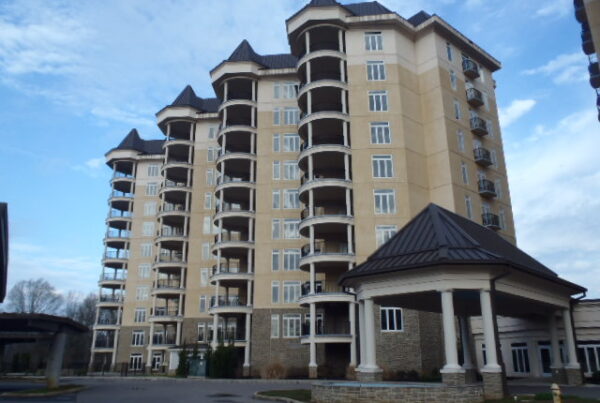By John C. Cronin, Jr. PE
Linking those two professions may, at first, seem odd. But there are more similarities than you might think.
Dating back into the 1980s I have routinely gotten my annual physical exam from a medical practice in New York City that specializes only in doing physicals. Spend three hours in their office and you will leave with an excellent idea of where you stand health-wise. Within a week you’ll have a full blown narrative report complete with lab test results and other significant data in a form that I as a lay person can easily comprehend. The medical personnel at this practice (including physicians, technicians, and registered nurses) have been instrumental in assisting me in finding a number of health issues over the years that were addressed before they became serious. Best of all I can hand the report to my general practitioner for his records.
The best thing about this service is that you never have to leave their office for any of the preventive medicine procedures or diagnostics they do. And when everything is complete, the report I receive is a well-written narrative of the findings.
I started going to these folks around the time I started my practice in inspection engineering and maybe it is my experience with them during the formative years of my practice that made me see the similarities between their brand of medicine and building inspection engineering.
Any prevention-based process must assess conditions of deterioration, diagnosis their cause, and identify a corrective process of intervention. Whether a physician conducts such an assessment using an electrocardiogram or a licensed professional engineer conducts an assessment by measuring beam deflection and comparing it to the applied load, the goal is identical. Determine if deterioration is taking place, find the cause, and plan a corrective strategy.
Needless to say, medicine and engineering share many common points. However, it is not often that we as engineers receive training in the art and science of diagnostic or investigative practices. Today, even as it was nearly 30 years ago for me, experience guides many building inspection engineers in their investigative work. Perhaps one way we can expand our work as an increasingly important aspect of professional engineering is to adopt a more formal method of investigation and diagnosis.
Try giving this some further thought in the months ahead of our February 2011 conference. One of NABIE’s presentations should touch on this concept and may, hopefully, revise the way you approach your work.
*This article had been posted in the Fall 2010 edition of The Examiner.

